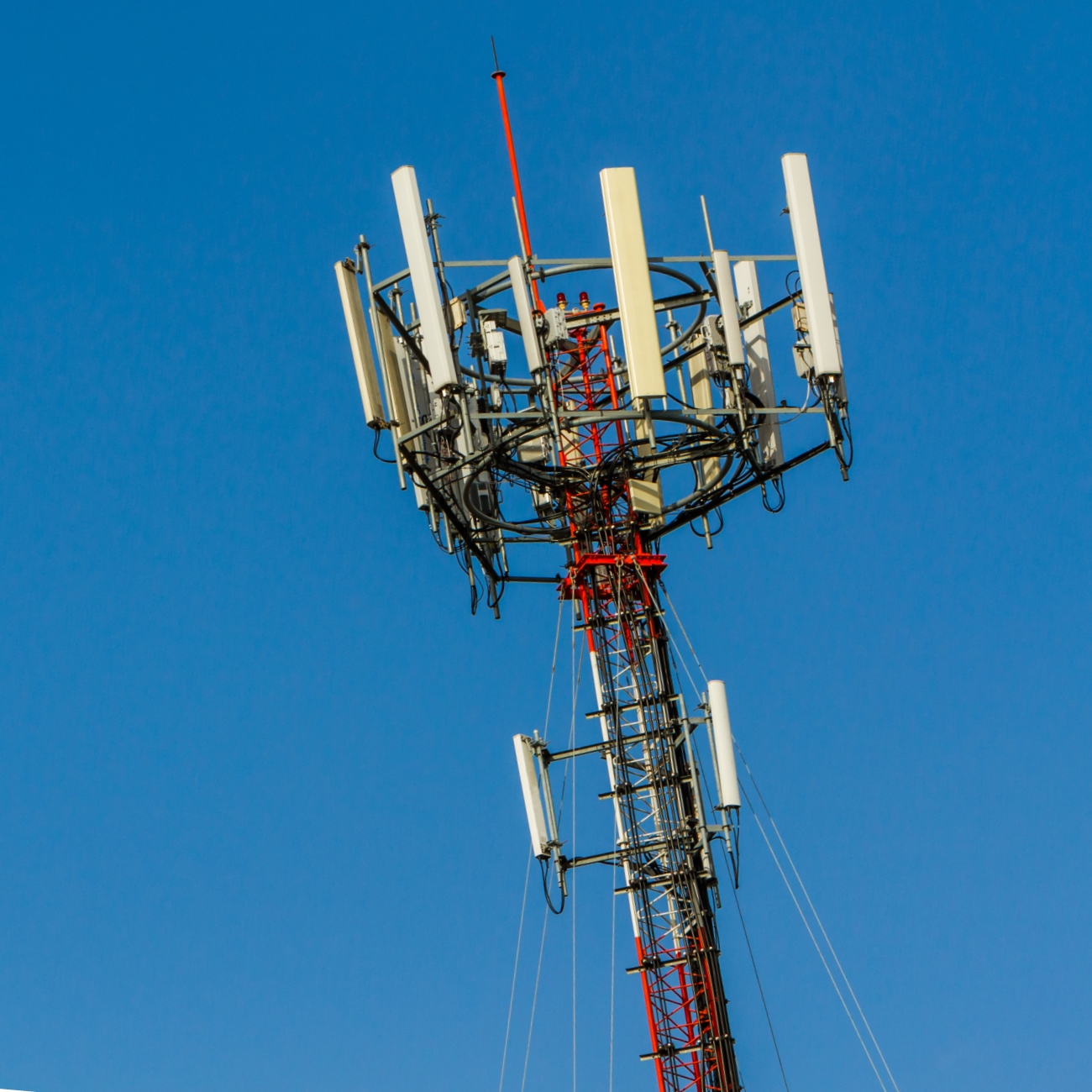Telecom & Wireless
Companies That Will Win and Spend in Coming 5G Spectrum and Equipment Surge

Published:
Last Updated:

The U.S. Federal Communications Commission (FCC) unanimously voted on Thursday to adopt new rules that would allow for wireless broadband operations in frequencies above 24GHz. This makes the United States the first country in the world to make this spectrum available for next generation wireless services; i.e., high-speed 5G wireless applications and networks. Now this raises a few questions, as the telecom space has always been highly competitive.
Those questions include a standard definition of 5G and exactly how much spectrum is needed. Another issue is how spectrum use will be divvied between new and existing wireless services versus satellite or tower operations, as well as also on federal government use.
In terms of the actual breakdown, these new rules open up nearly 11 GHz of high-frequency spectrum for flexible, mobile and fixed use wireless broadband – 3.85 GHz of licensed spectrum and 7 GHz of unlicensed spectrum.
Ultimately, building on the successful, flexible approach to spectrum policy that enabled the explosion of 4G (LTE), these 5G rules set a strong foundation for the rapid advancement to next-generation 5G networks and technologies in the United States.
The goal is for more access to high-speed internet and communications, and the FCC commentary is signaling that it may enable many innovations not yet imagined. This is what is needed for live virtual reality and other virtual services, such as real-time remote operations and the like. FCC Commissioner Mignon Clyburn further commented on the possibilities:
There is seemingly no limit on how what we refer to as 5G could impact our everyday existence. A refrigerator that not only alerts you to a near empty egg carton, but automatically adds that item to a virtual shopping list, enabling a delivery to your door by week’s end, without any action from you.
Verizon Communications Inc. (NYSE: VZ) and AT&T Inc. (NYSE: T) have both committed to begin deploying 5G trials in 2017. These two companies already have spent billions in buying spectrum. Keep in mind, the first actual commercial full-scale deployments are currently not expected until 2020. T-Mobile US Inc. (NASDAQ: TMUS) and Sprint Corp. (NYSE: S) are also expected to begin planning trials, with less clarity on when and how far out.
As for the chipmakers, Arm Holdings PLC (NASDAQ: ARMH) and Qualcomm Inc. (NASDAQ: QCOM) could stand to be the big winners from this move. Arm makes chip designs that are generally used in advanced communications, and the company likely will keep winning from its royalties on chip designs. Qualcomm recently unveiled its newest Snapdragon chip, which could be a real boon for this field.
Shares of Verizon closed Thursday at $55.84, with a consensus analyst price target of $52.76 and a 52-week trading range of $38.06 to $56.95.
AT&T shares most recently closed at $42.77. The stock has a consensus price target of $40.35 and a 52-week range of $30.97 to $43.89.
T-Mobile last closed at $44.03, with a consensus price target of $47.43 and a 52-week range of $33.23 to $44.60.
Sprint closed at $5.01. The consensus price target is $7.28, and the 52-week range is $2.18 to $5.29.
Shares of Arm closed at $47.44. The consensus price target is $50.90. The 52-week range is $36.68 to $51.23.
Qualcomm closed Thursday at $54.88, with a consensus analyst target of $57.61 and a 52-week range of $42.24 to $66.05.
Finding a qualified financial advisor doesn’t have to be hard. SmartAsset’s free tool matches you with up to 3 fiduciary financial advisors in your area in 5 minutes. Each advisor has been vetted by SmartAsset and is held to a fiduciary standard to act in your best interests. If you’re ready to be matched with local advisors that can help you achieve your financial goals, get started now.
Thank you for reading! Have some feedback for us?
Contact the 24/7 Wall St. editorial team.